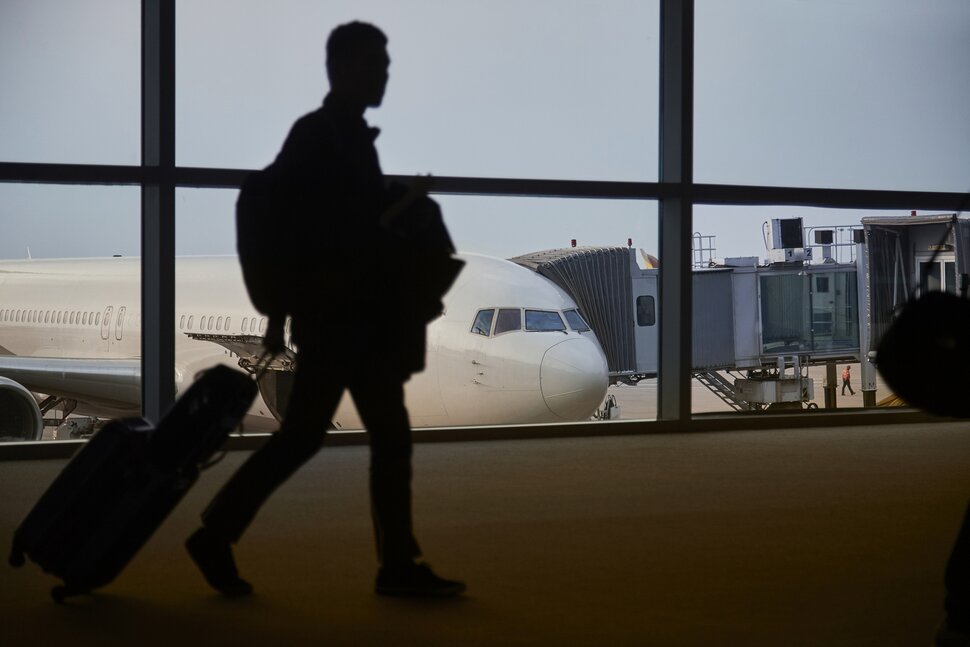International travel patterns have recently been impacted by global wars and climatic problems, including a string of coups in Africa and earthquakes and floods in nations vulnerable to natural disasters.
However, according to the World Tourism Organization, foreign visitor arrivals could reach 80% to 95% of pre-pandemic levels in 2023. However, some places call for more vigilance than others.
The U.S. State Department continuously updates its travel advisories for more than 200 nations throughout the world based on a range of risk indicators, including health, terrorism, and civil instability. Level 1 travel advisories advise taking the usual precautions, while Level 4 advisories advise against traveling there.
As of October 10, 20 nations, or about 10% of all nations, have a Level 4: “Do Not Travel” advise. The State Department warns that in Level 4 nations, the US government may have “very limited ability” to intervene if traveler security or safety is in danger. Common risk factors connected to Level 4 countries include crime, civil instability, kidnapping, and terrorism.
The Level 4 advisories for Russia, Gaza, and some states in Mexico were revised in the last two months by the State Department. After initially being classified as Level 3, Niger was added to the “Do Not Travel” list in August.The ongoing Russian invasion of Ukraine is one of the danger factors, and the US Embassy in Niger recently curtailed basic activities.
In alphabetical order, the following are the main regions that the American government currently advises against visiting:
Afghanistan
According to the State Department, the nation of Central Asia is dealing with “armed conflict, civil unrest, crime, terrorism, and kidnapping.” Particularly vulnerable to violence or kidnapping are Americans. Women’s rights are vanishing under Taliban rule, and the government reinstated public floggings and executions in December 2022. Operation of the American Embassy in Kabul was terminated in August 2021. Numerous types of international aid have been stopped in the two years after the Taliban seized power. Over 2,400 people died in Afghanistan in some of the year’s deadliest earthquakes in October 2023, and the nation is still experiencing an acute drought that has lasted for years.
Belarus: Belarus has been flagged due to “Belarusian authorities’ continued facilitation of Russia’s war against Ukraine, the buildup of Russian military forces in Belarus, the arbitrary enforcement of local laws, the potential for civil unrest, the risk of detention, and the Embassy’s limited ability to assist U.S. citizens residing in or traveling to Belarus.” In February 2022, the American embassy in Minsk stopped its operations.
Burkina Faso: This West African country is plagued by terrorism, crime, and kidnapping. Hotels, restaurants, and schools may be the targets of terrorist strikes with little to no notice, and the East and Sahel parts of the country are currently in a state of emergency.
Although there haven’t been any instances when American citizens have been specifically targeted for violence or criminal activity, violent crime and unexpected road and border closures are frequent. According to the warning, “Embassy Bangui’s limited capacity to provide support to U.S. citizens, crime, civil unrest, and kidnapping” are factors in its evaluation. According to recent UNICEF data, in 2022, the country would have the worst accessibility to drinking water worldwide.
Travelers should avoid Myanmar (Formerly Burma) because of armed warfare and political upheaval. This Southeast Asian nation had a military coup in early 2021. As risk factors, COVID-19 limitations, scarce health care resources, illegal detentions, and “areas with land mines and unexploded ordnance” are also included.
Gaza: The majority of the Gaza Strip, which borders both Israel and Egypt, is under the authority of Hamas, which the State Department has classified as a foreign terrorist organization. On October 7, Hamas militants crossed the border into Israel and launched a shocking onslaught that resulted in the deaths of hundreds of civilians and soldiers. According to Reuters, Israel launched “the fiercest air strikes in its 75-year conflict” on the Gaza Strip on October 10. Rescuers claim that subsequent bombings and a depleting fuel supply have made their work more difficult. Nearly 200,000 Palestinians, or about one-tenth of Gaza’s total population, have been forced from their homes as they get ready for water, electricity, and medical supply shortages. Within Gaza’s borders, the State Department issues warnings about terrorism, civil instability, and armed warfare.
Iraq: In the winter of last year, the Arabian Gulf Cup, an eight-nation international soccer competition, was held in this war-torn country for the first time in forty years. Iraq remains on the U.S. government’s “no-go” list, despite the fact that the nation seems optimistic about a more peaceful future. The country is classified as Level 4 due to “terrorism, kidnapping, armed conflict, and civil unrest,” according to the State Department. The northern frontiers of Iraq and its border with Syria are particularly risky. Air pollution is mentioned as a potential health risk for travelers in a State Department health alert. Iraq’s air pollution was among the worst in the world in 2022, just behind Chad. After ethnic rioting turned deadly, the nation sent security forces to the northern city of Kirkuk in September.

